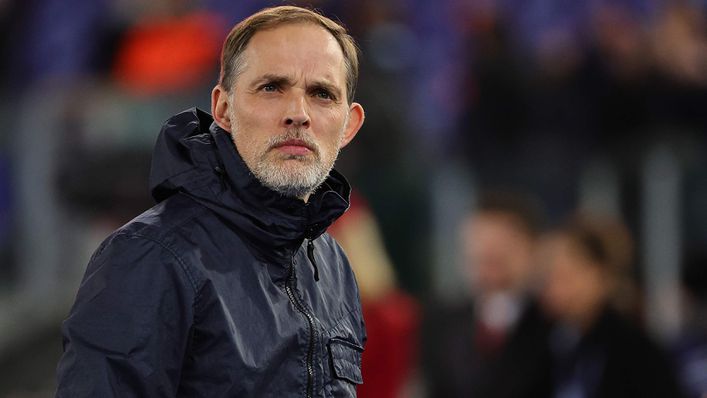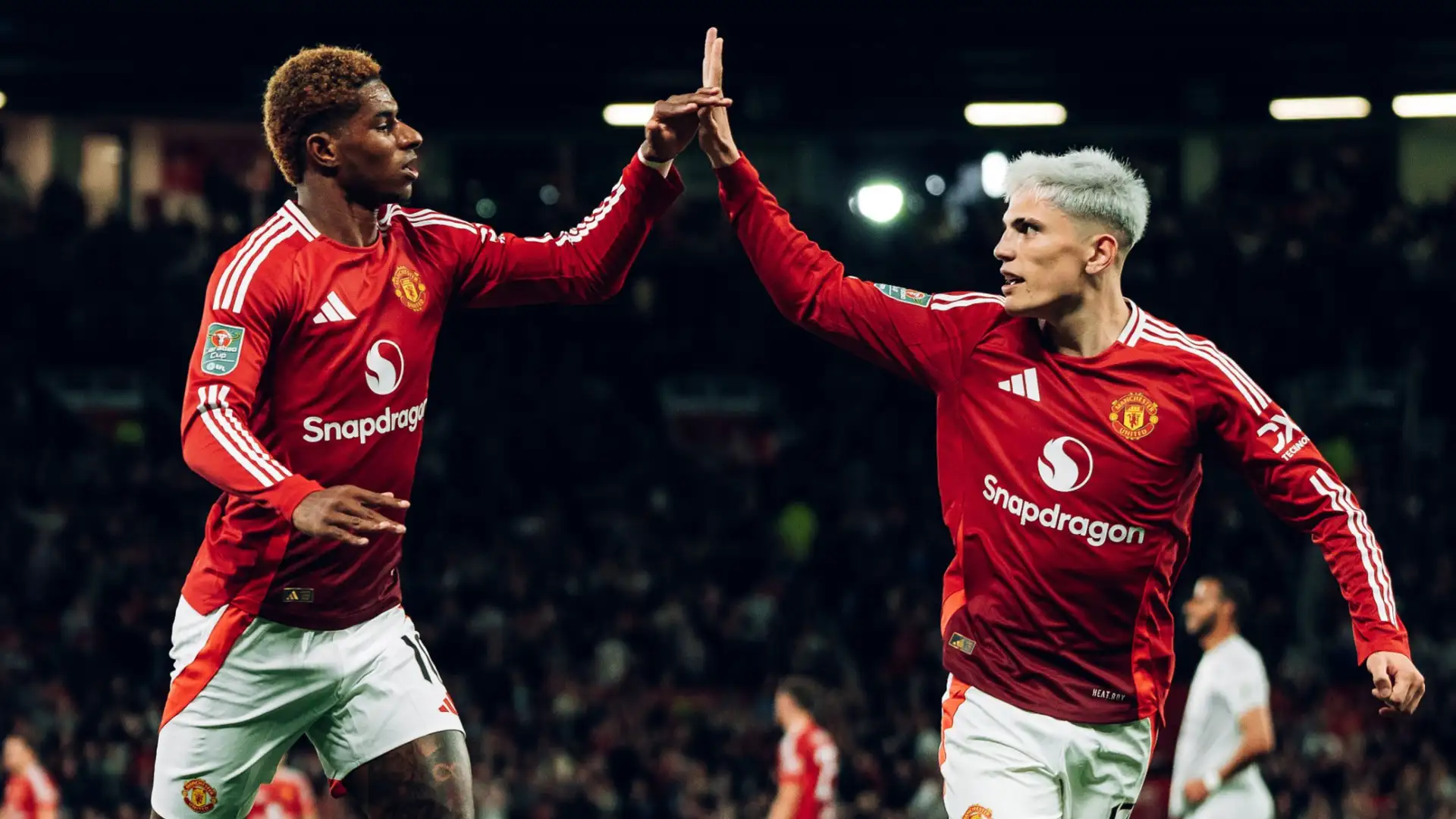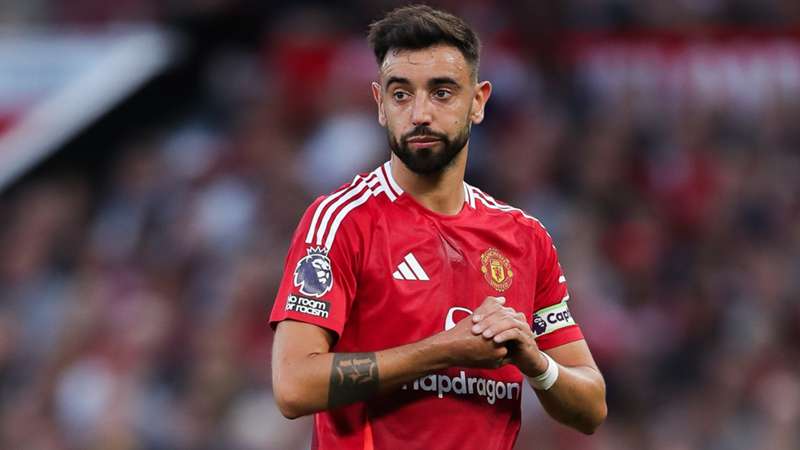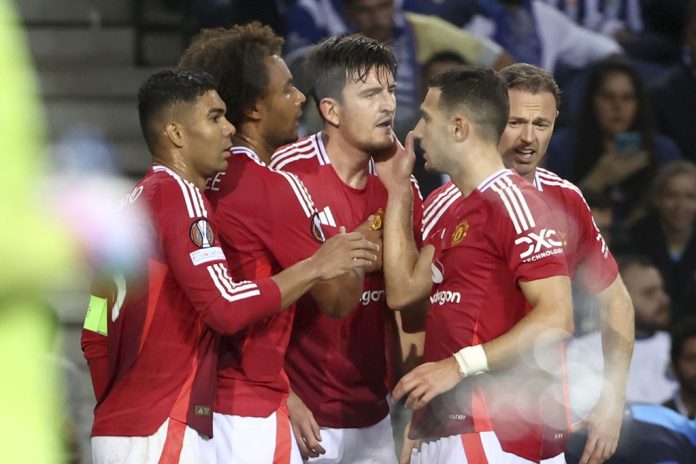As the October international break arrives, Manchester United finds itself in unfamiliar territory—14th place in the Premier League and enduring its worst start in the competition’s history. The Red Devils are struggling on multiple fronts, and their form has been disappointing, with the team already trailing Liverpool by a double-digit points tally. For Erik ten Hag, the break presents an opportunity to address four critical areas to reignite United’s season. Here’s an in-depth look at these issues and how the club can tackle them to turn their fortunes around.
1. Managerial Uncertainty: The Ten Hag Dilemma
Erik ten Hag’s future has become one of the most talked-about topics in English football. The Dutchman, who took over the reins at United last season, has found himself under immense pressure as the club endures its worst-ever Premier League start. Reports suggest that the hierarchy is divided—some remain supportive of Ten Hag, believing he needs more time, while others are considering a managerial change, with rumors of Thomas Tuchel’s name circulating as a potential replacement.
The uncertainty surrounding Ten Hag’s future has begun to impact the squad’s morale and performance. Club veteran Jonny Evans admitted that the lack of clarity from management is affecting the players, leaving them in limbo. For a squad that has already struggled to find consistency, this managerial uncertainty only adds to the chaos.

To restore stability and focus, INEOS, the club’s owners, must make a decisive call during the international break. If they choose to back Ten Hag, a public statement of support could help unify the team and give the manager the confidence to implement necessary changes. Alternatively, if they opt for a new direction, swift action is required to bring in a replacement and provide the squad with a clear vision moving forward. The sooner this situation is resolved, the better it will be for Manchester United’s chances of recovery this season.
2. Midfield Instability: Plugging the Gaps
Despite Erik ten Hag’s admiration for Johan Cruyff’s footballing philosophies, Manchester United’s midfield has been a glaring weakness this season. The team often struggles to maintain cohesion, leading to disjointed performances where the gaps between the midfield, defense, and attack become alarmingly wide. This structural problem has made United vulnerable in transitions, with opponents finding it easy to exploit the open spaces.
Kobbie Mainoo, the young midfielder, has been tasked with covering these gaps, but the demands placed on him have proven overwhelming. Mainoo’s performances have shown glimpses of promise, but he lacks the experience and support needed to manage the midfield effectively. The lack of unity between the defensive and offensive lines has forced him into high-pressure situations that have exposed the fragility of United’s midfield setup.
To address this issue, Ten Hag must find a tactical balance that prevents the midfield from becoming stretched. One solution could be deploying a more experienced defensive midfielder alongside Mainoo, providing additional protection and structure. This would allow the team to maintain a compact shape, ensuring that the forwards, midfielders, and defenders work in unison. By improving coordination and communication between these units, Manchester United can start to regain control of the midfield and limit their vulnerability in defensive transitions.

3. Lack of Attacking Threat: Rekindling the Spark
Manchester United’s attack has lost its edge this season, leading to a decline in their offensive output. Last term, the team was known for its dynamic counterattacks and quick transitions, creating numerous opportunities through direct play. However, this season, United’s attacking prowess has diminished significantly. They rank among the lowest in the league for shots following fast breaks, and the team has yet to score from this once-profitable avenue.
Several factors contribute to this decline, including tactical shifts and injuries. The absence of key players like Luke Shaw has forced Ten Hag to adapt, but these changes have not been effective. Diogo Dalot, typically a right-back, has been deployed on the left, which has limited his effectiveness and disrupted the team’s attacking balance. Additionally, the new, more central role of United’s full-backs has further contributed to the lack of width and speed in their attacks.

To reignite United’s attacking threat, Ten Hag must find a way to restore balance and fluidity. The return of players like Luke Shaw could provide the team with much-needed width and attacking support from the flanks. Furthermore, shifting Diogo Dalot back to his natural position on the right could allow United to regain some of the dynamism they once possessed. If the team can return to their previous style of play, characterized by quick, incisive counterattacks, they may rediscover the offensive firepower needed to climb up the league table.
4. Bruno Fernandes’ Declining Form: A Cause for Concern
Since joining Manchester United in early 2020, Bruno Fernandes has been the driving force behind the team’s attacking creativity. However, the Portuguese international’s form has taken a significant dip this season. Fernandes, who is also the club captain, has struggled both in terms of discipline and productivity. He has created just six chances in the Premier League across seven games—a stark decline from his usual output. This downturn has had a severe impact on United’s attack, as the team has relied heavily on Fernandes’ creativity.

Part of the issue may be Fernandes’ extensive workload. Over the past year, he has made 75 appearances for club and country, with minimal rest. The cumulative effect of this grueling schedule appears to be taking its toll. As Fernandes heads off for international duty again this month, there are growing concerns about his physical and mental fatigue.
To address this problem, Ten Hag and his coaching staff need to manage Fernandes’ playing time more effectively. Rotating the squad and providing Fernandes with some rest could help him recover and recharge. Additionally, the coaching team might consider adjusting their tactical approach to distribute the creative burden more evenly among other players, reducing the pressure on Fernandes to be the sole playmaker. By giving Fernandes the chance to regain his form, United can benefit from his talents in the long run and avoid over-reliance on a single player.
Time for Manchester United to Act
The October international break presents a crucial opportunity for Manchester United to regroup and address the key issues hampering their season. From the uncertainty surrounding Erik ten Hag’s future to the structural problems in midfield, lack of attacking threat, and Bruno Fernandes’ form, these challenges require immediate attention. The club’s management and coaching staff must use this time to make decisive changes, restore stability, and develop a clear plan to steer Manchester United back on track.
By focusing on these critical areas, Manchester United has the potential to turn their season around and re-establish themselves as a competitive force in the Premier League.


